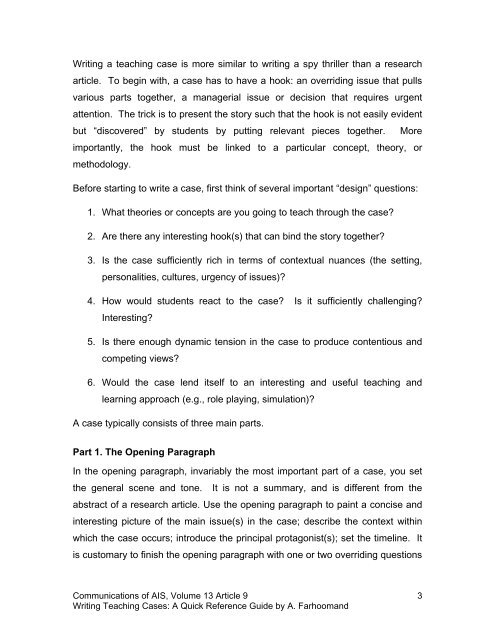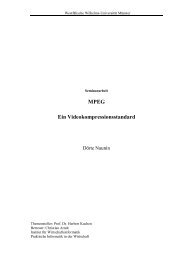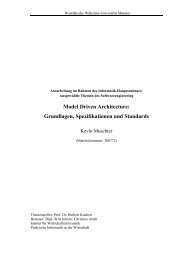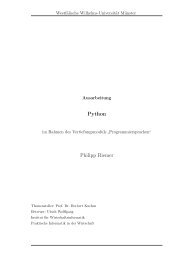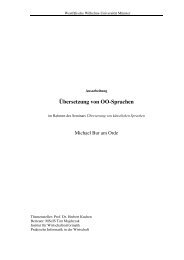WRITING TEACHING CASES: A QUICK REFERENCE GUIDE
WRITING TEACHING CASES: A QUICK REFERENCE GUIDE
WRITING TEACHING CASES: A QUICK REFERENCE GUIDE
Create successful ePaper yourself
Turn your PDF publications into a flip-book with our unique Google optimized e-Paper software.
Writing a teaching case is more similar to writing a spy thriller than a researcharticle. To begin with, a case has to have a hook: an overriding issue that pullsvarious parts together, a managerial issue or decision that requires urgentattention. The trick is to present the story such that the hook is not easily evidentbut “discovered” by students by putting relevant pieces together. Moreimportantly, the hook must be linked to a particular concept, theory, ormethodology.Before starting to write a case, first think of several important “design” questions:1. What theories or concepts are you going to teach through the case?2. Are there any interesting hook(s) that can bind the story together?3. Is the case sufficiently rich in terms of contextual nuances (the setting,personalities, cultures, urgency of issues)?4. How would students react to the case? Is it sufficiently challenging?Interesting?5. Is there enough dynamic tension in the case to produce contentious andcompeting views?6. Would the case lend itself to an interesting and useful teaching andlearning approach (e.g., role playing, simulation)?A case typically consists of three main parts.Part 1. The Opening ParagraphIn the opening paragraph, invariably the most important part of a case, you setthe general scene and tone. It is not a summary, and is different from theabstract of a research article. Use the opening paragraph to paint a concise andinteresting picture of the main issue(s) in the case; describe the context withinwhich the case occurs; introduce the principal protagonist(s); set the timeline. Itis customary to finish the opening paragraph with one or two overriding questionsCommunications of AIS, Volume 13 Article 9 3Writing Teaching Cases: A Quick Reference Guide by A. Farhoomand


